GK Virtual Colloquium June 23: Ted Gibson
On Tuesday, June 23rd virtual GK Colloquium will be hosting a talk by Ted Gibson entitled ‘Information processing and cross-linguistic universals’. See below for the abstract.
When: 4:15 pm-6:00 pm
Where: Online via Zoom
(please send an e-mail to to get access link)
Information processing and cross-linguistic universals
Finding explanations for the observed variation in human languages
is the primary goal of linguistics, and promises to shed light on
the nature of human cognition. One particularly attractive set of
explanations is functional in nature, holding that language
universals are grounded in the known properties of human information
processing. The idea is that lexicons and grammars of languages have
evolved so that language users can communicate using words and
sentences that are relatively easy to produce and comprehend. In
this talk, I summarize results from explorations in two linguistic
domains, from an information-processing point of view. First, in
the lexical domain, I show that word lengths are optimized on
average according to predictability in context, as would be expected
under an information theoretic analysis. I then apply a simple
information theory analysis to the language for color. The number
of color terms varies drastically across languages. Yet despite
these differences, certain terms (e.g., red) are prevalent, which
has been attributed to perceptual salience. Our work provides
evidence for an alternative hypothesis: The use of color terms
depends on communicative needs. Across languages, from the
hunter-gatherer Tsimane’ people of the Amazon to students in Boston,
warm colors are communicated more efficiently than cool colors. This
cross-linguistic pattern reflects the color statistics of the world:
Objects (what we talk about) are typically warm-colored, and
backgrounds are cool-colored. Communicative needs also explain why
the number of color terms varies across languages: Cultures vary in
how useful color is. Industrialization, which creates objects
distinguishable solely based on color, increases color usefulness.
Finally, in the realm of syntax, I show that all the world’s
languages that we can currently analyze minimize syntactic
dependency lengths to some degree, as would be expected under
information processing considerations.
References:
Gibson, E., Futrell, R., Piantadosi, S.T., Dautriche, I., Mahowald,
K., Bergen, L. & Levy, R. (2019). How Efficiency Shapes Human
Language. Trends in Cognitive Science.
http://tedlab.mit.edu/tedlab_website/researchpapers/gibson%20et%20al%20TICS%202019.pdf
Gibson, E., Futrell, R., Jara-Ettinger, J., Mahowald, K., Bergen,
L., Ratnasingam, S., Gibson, M., Piantadosi, S.T., & Conway, B.R.
(2017). Color naming across languages reflects color use.
Proceedings of the National Academy of Sciences” 114(40): 10785-10790.
http://tedlab.mit.edu/tedlab_website/researchpapers/gibson2017color.pdf
Futrell, R., Mahowald, K., & Gibson, E. (2015). Large-scale evidence
of dependency length minimization in 37 languages. Proceedings of
the National Academy of Sciences 112(33): 10336-10341. doi:
10.1073/pnas.1502134112.
http://tedlab.mit.edu/tedlab_website/researchpapers/Futrell_et_al_2015_PNAS.pdf
